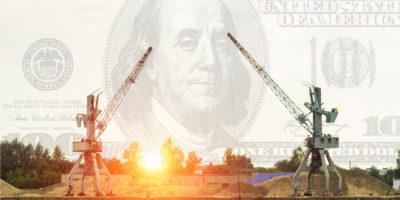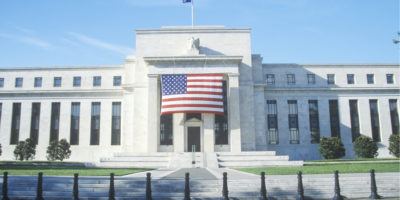Not All Crises Are Due to Unexpected Shocks
Only a few weeks ago, a number of emerging economies suffered currency crises. Argentina stands as an outstanding case that was covered in several media outlets. For instance, in a recent piece at Project Syndicate, Martin Guzman and Joseph Stiglitz argue that the crisis there was a surprise.
In economics, in particular in the study of business cycles, the claim of unexpected shocks has become almost an excuse to defend any policy carried out by government institutions. These unexpected events, sometimes referred to as black swans, by their nature cannot be predicted. Therefore there is nothing a government entity such as a central bank could have done to avoid the costly shock. Crises are not the result of bad policies, they are just a matter of bad luck. Good luck is to have policy makers in place to minimize the damage from these unexpected shocks.
But not all crises are due to bad luck. Policy makers, even if rational, can also drive an economy to collapse. A long list of reasons can be found by perusing the public-choice literature from rational ignorance, to capture theory, to rent-seeking. In the case of Argentina, three particular problems call into question the “surprise” explanation of the currency crisis.
The first problem is the significant issuance of central bank short-term bonds (Lebacs, or Letras del Banco Central). Since the Argentine central bank does not have liquid assets on its balance sheet, it issues its own bonds to sterilize its expansionary monetary policy. It does so in the context of a decade of high inflation rates. The high inflation means there has been no demand to hold liquidity in the form of Argentine pesos. Therefore, the central bank needs to offer a yield on the bonds that beats the expected depreciation of the peso against the U.S. dollar (to incentivize a carry trade). Because of this policy, the investors that wish to close their position demand dollars, not pesos, which tends to depreciate the peso and have some pass-through effect on the domestic price level. When the currency crisis hit Argentina, there were roughly 1.3 Lebacs per peso in the monetary base, implying that if all Lebacs were canceled, the monetary base would more than double.
The second problem is the loss of central bank credibility. Since they took office, the new central bank authorities have consistently missed the government’s inflation targets. They even treat the inflation targets as optional. What matters, the official argument goes, is that there is a target, not that they hit the target. With already-weak central bank credibility, in an unexpected move last December, the president’s office announced a change in the inflation targets in a way that made the central bank president look like a pawn of the government. In particular, observers interpreted the change to mean the central bank, by reducing the interest rate, had to accept the political directive of letting inflation rise with the hope that economic activity will increase.
The third problem is a new law that taxes income non-residents of Argentina collect from Lebacs.
These three problems have occurred in the context of the Federal Reserve’s increasing the federal funds rate. An international scenario unfavorable to Argentina and other emerging economies was already taking place. It doesn’t look like an accident, much less a black swan, that the Argentine currency crisis started as the new tax law came into effect.
These three problems do not explain why there was a currency crisis in other countries, but they do help explain why the crisis was particularly severe in Argentina. Months ahead of the crisis, a number of Argentine economists noted that it was likely to occur. Since no one can predict a specific date for such an event, it doesn’t cut it to claim the crisis was a surprise. If someone plays with fire at a distillery, they cannot blame bad luck when their experiment goes awry.
It is true that some crises are due to unexpected shocks. It is no less true, however, that some are due to policy makers’ own doing.











